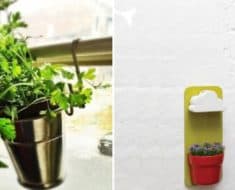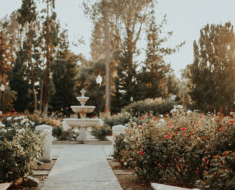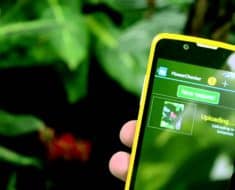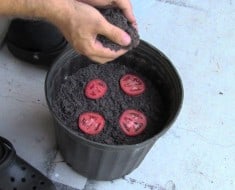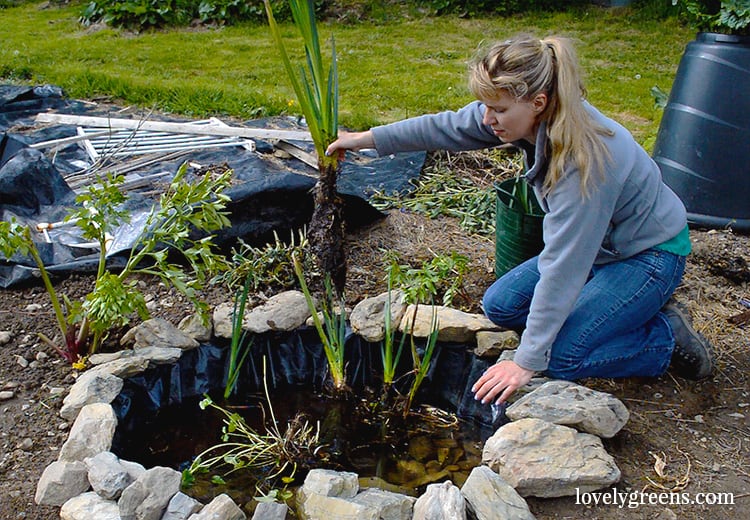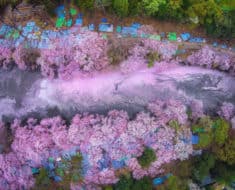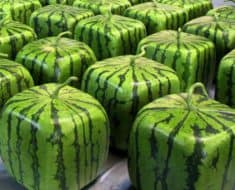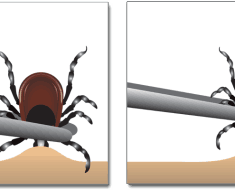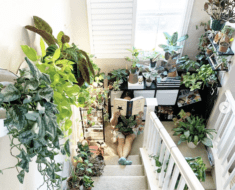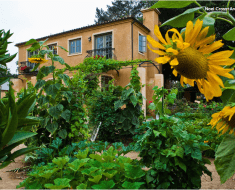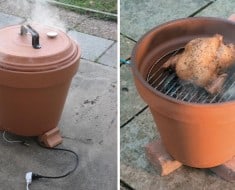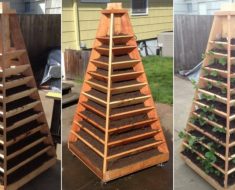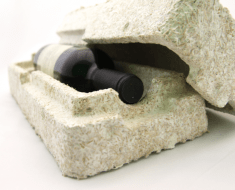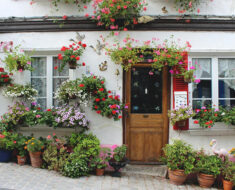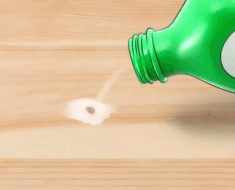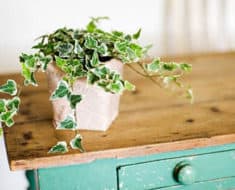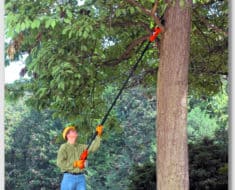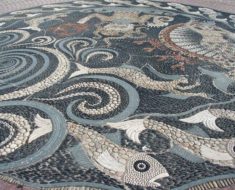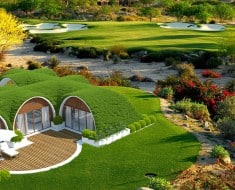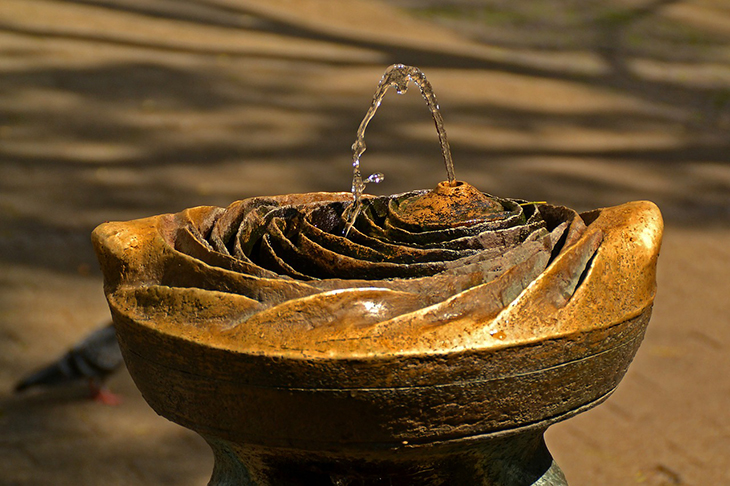
Pixabay
After you’ve invested many hours of work and probably quite a few dollars into getting your garden looking the way you want, what you need right at the end is a little crowning flourish that ties it together. For most, that means adding a water feature. Big or small, water fountains to perfect your garden are a great way to go.
But can one just buy a fountain or other water feature and pop it in place? Before we start digging ponds or installing fountains, what are the important factors that need to be considered?
- The Need for a Water Supply
Many smaller water fountains and similar water features are self-contained and won’t need any continuous outside water supply. They have their own water kept in a sump, which you may have to top up occasionally if water is lost due to external factors — windy weather, birds or animals getting into the water, and of course evaporation from the sun.
If your feature contains moving water on a grander scale such as waterfalls, then there’s a chance you’ll need to consider outside water supply and therefore the feature will need access to that supply of water. Those unwilling to make the connection to an external supply should stick with the self-contained units.
- Installation and Maintenance Costs
It’s easy enough to get the purchase and installation costs, but you should also have a good idea on how much the fountain or other features will cost you to maintain over time. Larger fountains, ponds and garden waterfalls invariably take more maintenance because of their more complex nature. That adds running costs to the bill. Smaller and more self-contained units should have minimal maintenance costs.
The other consideration should be cleaning. How dirty it gets has a lot to do with how you position the feature (see below), but the impacts of local wildlife, climate and other factors also can’t be ignored. You should consider ease of cleaning and how much of your garden time might get eaten up just trying to keep this new feature in good order.
- Positioning
Where you place the water feature is important for a number of reasons. First there’s the aesthetic factor. Will the feature look nice as a centrepiece for the garden? Or will it look nicer off to one side embedded with your flowers or other plants? Perhaps you like the idea of it running under or near your favourite tree.
The second consideration is more practical. If you place it under the tree, for instance, could it get clogged up with leaves? Or will bird droppings get on it? If it’s in the centre, will that spoil any prospects of using the large central space for something else?
- Design and Lighting
Next, consider how the design of your water feature fits in with the rest of your garden. For instance, if your garden has a “zen garden” vibe, then a stone fountain is a better option than, say, something made from metal. Equally, a contemporary garden with modern lighting and sculptures wouldn’t easily welcome a water feature adorned with more “classical” imagery like cherubs.
As for lighting, does the water feature you’ve bought come with its own interior light to highlight the water? If so, how much additional lighting would you need? A water feature can easily change the dynamics of your existing garden lighting, so keep that in mind.
- Family Safety
Finally, don’t forget to consider safety, especially if you have young children in your household. Simple fountains don’t present any real danger, but larger, deeper water features with moving water might do. You therefore may need barriers in place while your children are young, or even if you have pets who might also show an unhealthy curiosity for it.






